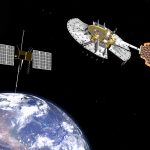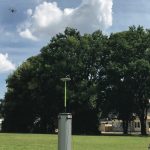Government Researchers Working to Address GPS Vulnerabilities
Two recent reports have underscored the threats to the GPS system from space-capable adversaries. Both the Worldwide Threat Assessment, released Jan. 30 by the Senate Select Committee on Intelligence, and theDefense Intelligence Agency’s newly released Challenges to Security in Spacedetail the potential for China, Russia and others to damage the constellation or disrupt its signals.
With worries mounting about these risks, and the more mundane but still harmful prospect of regional jamming or spoofing, organizations throughout the U.S. government are working on ways to address vulnerabilities and find ways to operate without GPS.
By Dee Ann Divis













